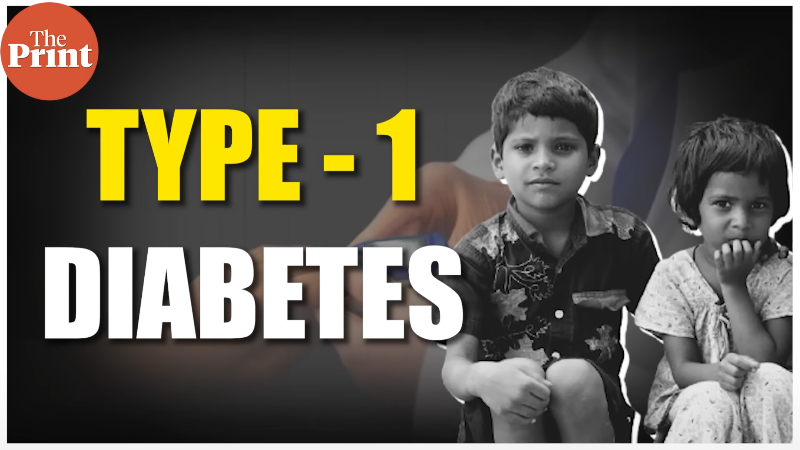by University of Maryland
Credit: Unsplash/CC0 Public Domain
Who hasn't sat in a medical office, listening to computer keys clacking while their provider rapidly types up notes, wondering what they are spending so much time writing about? For doctors, who have always written clinical care notes but increasingly must spend time cataloging billing details, this additional documentation is a major source of job dissatisfaction and burnout.
A new study out today by University of Maryland's School of Public Health illuminates a solution that can meaningfully reduce the amount of time doctors spend writing notes, without losing vital information.
"Providers are already stretched thin and under intense pressure to see more patients all while documenting large amounts of information. So we looked at how using medical scribes and other forms of teamwork for documentation can reduce that burden," says Nate Apathy, assistant professor of Health Policy and Management. Apathy's current research focuses on sources of technology-based burden in health care and strategies to reduce it.
Apathy's study, "Physician EHR Time and Visit Volume Following Adoption of Team-Based Documentation Support," was published in JAMA Internal Medicine with collaborators from the University of California, San Francisco, and the University of Minnesota.
The results show that collaborating on clinical documentation with other team members can help give doctors and other providers more time to spend on patient care. In this study, "team-based documentation" refers to scribes or other clinicians contributing to clinical notes, whether in the room or connected virtually, but does not include AI scribes.
The longitudinal study considered documentation practices and weekly visit volume of more than 18,000 outpatient doctors—mostly primary care physicians and some medical and surgical specialists—across more than 300 health care organizations across the United States over a nine-month period. Of this total, 1,024 doctors adopted some kind of teamwork for clinical note-writing.
"We found the vital thing is not just having teamwork for documentation, it is how much the non-physician collaborators are doing," Apathy said.
Of those providers using scribes and other forms of documentation collaboration, all of them were able to increase their volume of weekly patient visits. But only those whose teams wrote at least 40% of their note content actually reduced the doctor's time spent writing notes.
On average, visit volume increased by 6% and documentation time decreased by 9.1%. After a 20-week learning period, visit volume increased by 10.8% and documentation time decreased by 16.2%. For high-intensity adopters (those who had others write more than 40% of their notes), weekly documentation time went down by more than an hour (28.1% decrease), a relatively large time savings.
"Our research shows that when doctors use teamwork to complete their notes, whether that's with a medical scribe in the room, a virtual note-taking service, or just shared note-writing with other clinical team members in their offices, they can see more patients and, crucially, spend significantly less time with their nose in a computer," says Apathy.
For every visit, providers must complete clinical notes that contain everything from a patient's vital signs to test results to insurance billing data. While some of these notes are essential in tracking a patient's health, spending time on administrative documentation to ensure insurance companies pay the bills is an especially heavy burden and can have implications for quality of care.
Doctors generally report that they frequently have to catch up on notes after hours or in between appointments, adding more stress and work hours to an already overloaded occupation. The scribe can be a lifeline, especially when used sufficiently.
This study is the first to examine the real-world impact of medical scribes at such a scale. Apathy says innovations like virtual scribes are popular among primary care physicians because they are relatively cheap and easy to implement and scale, and the cost of a scribe can be offset with the increased income from more patient visits.
Even outside of the COVID pandemic, health care workers report high levels of stress and burnout, more than most other industries.
"So it's a triple win—for managing the business side of a clinic, for a health system with a huge demand from patients and a major shortage of providers, and for easing the administrative workload of already overburdened doctors," Apathy said.
More information: Physician EHR Time and Visit Volume Following Adoption of Team-Based Documentation Support, JAMA Internal Medicine (2024). DOI: 10.1001/jamainternmed.2024.4123. jamanetwork.com/journals/jamai … ainternmed.2024.4123
Journal information: JAMA Internal Medicine
Provided by University of Maryland







Post comments